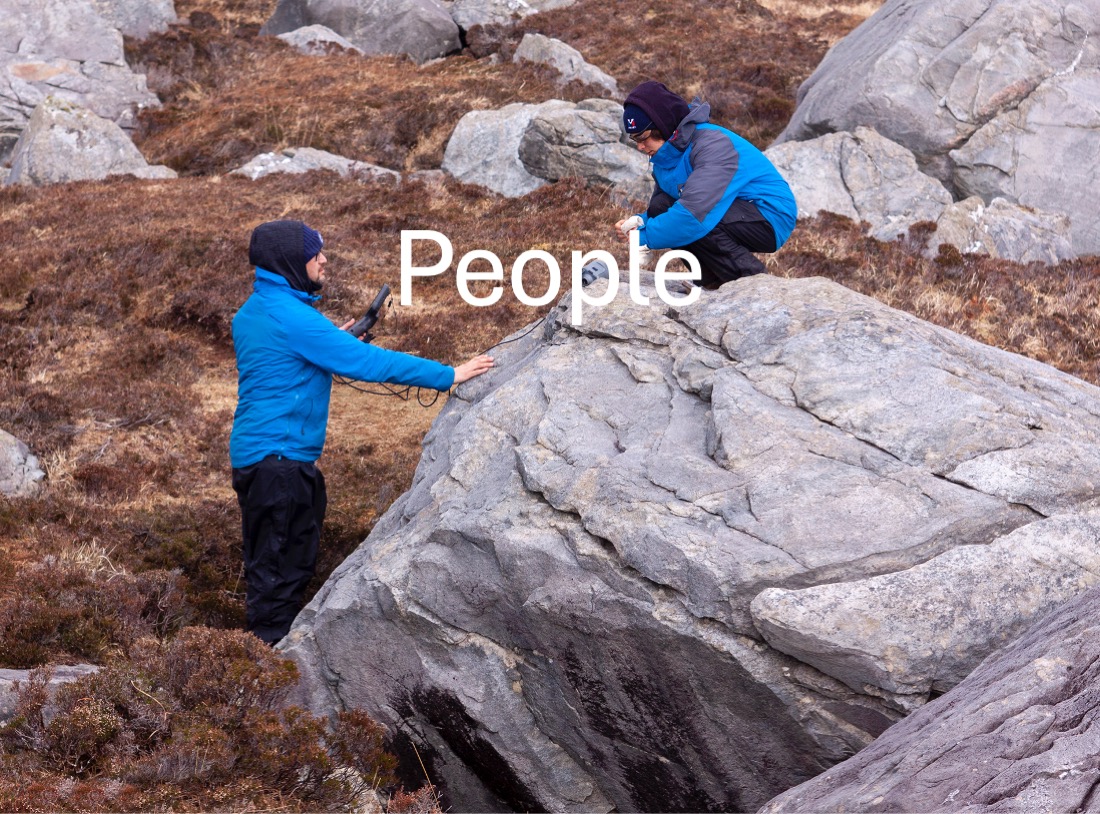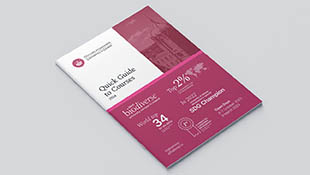-
Courses

Courses
Choosing a course is one of the most important decisions you'll ever make! View our courses and see what our students and lecturers have to say about the courses you are interested in at the links below.
-
University Life

University Life
Each year more than 4,000 choose University of Galway as their University of choice. Find out what life at University of Galway is all about here.
-
About University of Galway

About University of Galway
Since 1845, University of Galway has been sharing the highest quality teaching and research with Ireland and the world. Find out what makes our University so special – from our distinguished history to the latest news and campus developments.
-
Colleges & Schools

Colleges & Schools
University of Galway has earned international recognition as a research-led university with a commitment to top quality teaching across a range of key areas of expertise.
-
Research & Innovation

Research & Innovation
University of Galway’s vibrant research community take on some of the most pressing challenges of our times.
-
Business & Industry

Guiding Breakthrough Research at University of Galway
We explore and facilitate commercial opportunities for the research community at University of Galway, as well as facilitating industry partnership.
-
Alumni & Friends

Alumni & Friends
There are 128,000 University of Galway alumni worldwide. Stay connected to your alumni community! Join our social networks and update your details online.
-
Community Engagement

Community Engagement
At University of Galway, we believe that the best learning takes place when you apply what you learn in a real world context. That's why many of our courses include work placements or community projects.
About us

About us
The Palaeoenvironmental Research Unit was established in the early 1980s by Professor Michael O'Connell and originally housed within the Department of Botany, School of Natural Sciences. Initially, research focused on long-term environmental change, with pollen analysis from peat and lake sediment cores as the primary method of investigation. The PRU developed over the next 25 years, expanding its palaeoenvironmental research to long-term woodland dynamics, climate change and the effects of historic and prehistoric human activity on natural ecosystems.
In 2011, the PRU was incorporated into the School of Geography, Archaeology & Irish Studies and has expanded to include specialist expertise in dendroclimatology, glacial geology, historic climatology, palaeoclimatology, palaeolimnological and palaeoceanography.
Through active national and international collaborations, prestigious research grants, a cross-disciplinary publication record, community engagement and contribution to undergraduate and postgraduate education, the PRU continues to grow and build its international reputation as a unit of research excellence and specialist knowledge for palaeoenvironmental reconstruction.
Facilities
The PRU houses state-of-the-art laboratory facilities and field equipment for palaeoclimatic and palaeoenvironmental investigation. We hold all of the necessary field equipment needed for lake sediment and peat bog coring, as well as facilities for core storage and sediment subsampling. Our laboratory facilities and broad expertise cater for the following palaeoenvironmental analyses:
- Alkalinity titrator
- Chironomid subfossil analysis
- Cosmogenic geochronology
- Dendroecology and dendroclimatology
- Energy dispersive X-ray fluorescence (EDXRF)
- Foraminifera analysis and palaeoceanography
- Glacial geology and geomorphology
- Isotope and trace metal geochemistry of marine sediments
- Lake sediment geochemistry
- Loss-On-Ignition (LOI)
- Magnetic susceptibility
- μCT scanner
- Non-pollen palynomorphs (fungal remains)
- Palynology (fossil pollen)
- Particle size analysis
- Plant macrofossil analysis
- Rock crusher
- Sedimentological analysis

Photo credit: Dr Gordon Bromley, Dr Alessio Fabbrini, Dr Karen Molloy, Dr Audrey Morley and Dr Karen Taylor.






















